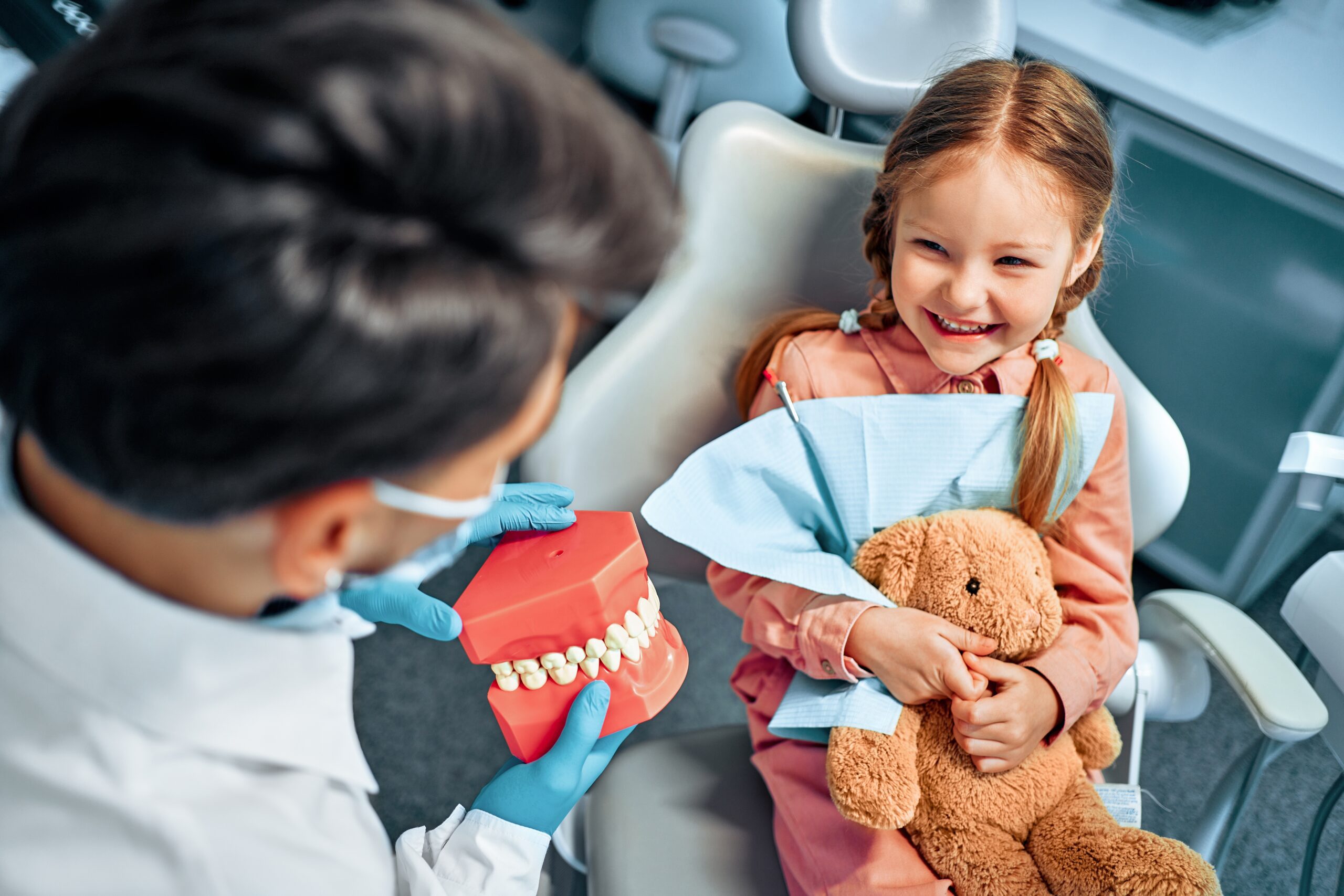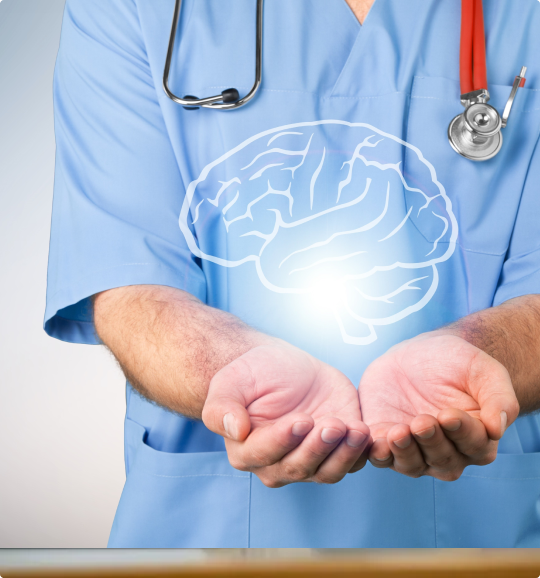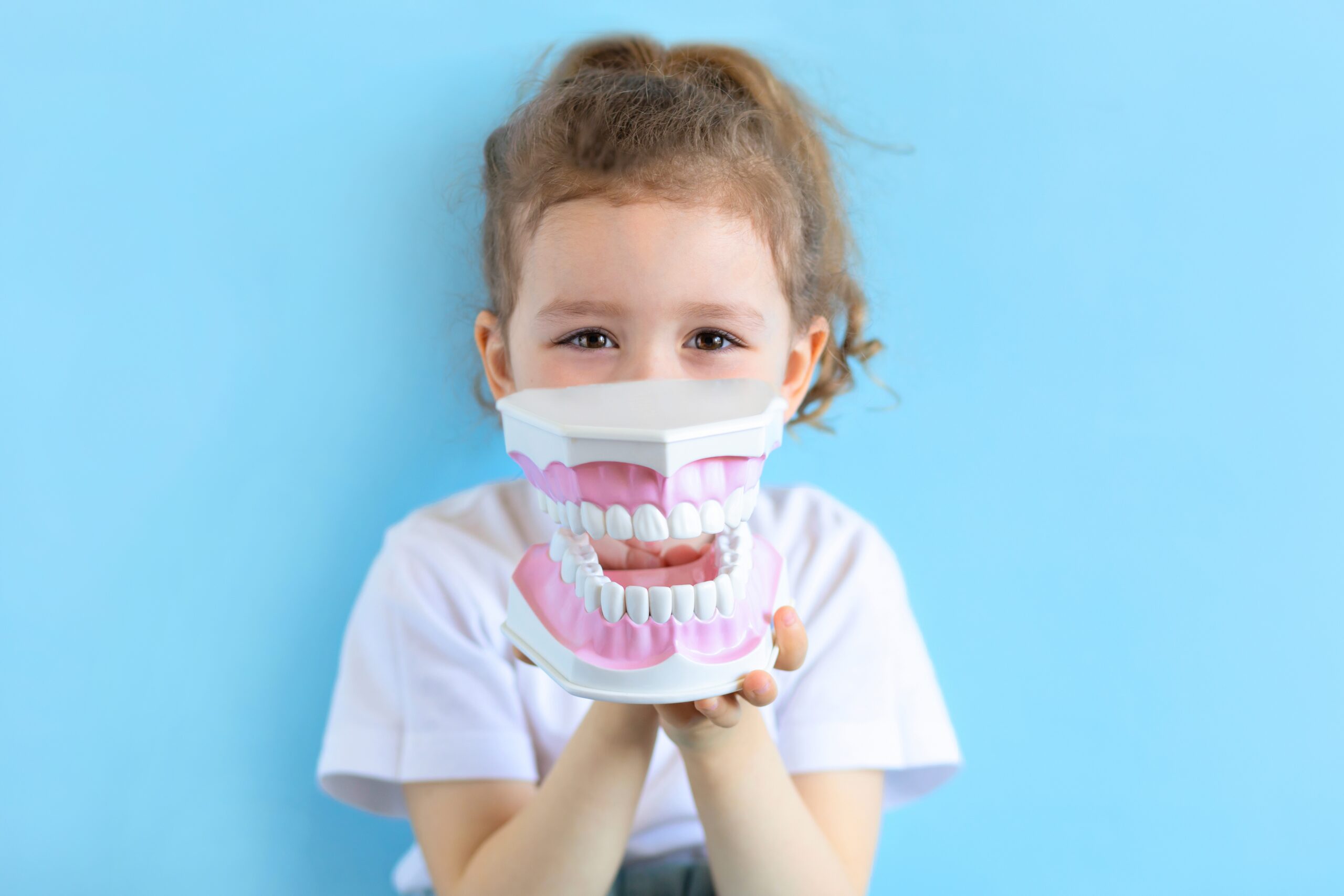
Sensory Processing Disorder
- Signs and Symptoms of Sensory Processing Disorder in Children
- Sensory Processing Disorder in Teens: Signs, Symptoms, Diagnosis & Treatment
- Sensory Processing Disorder (SPD) in Adults: Signs, Diagnosis, Treatment & Coping Strategies
- Types of Sensory Processing Disorder (SPD): Symptoms, Characteristics & Treatment
- Sensory Processing Disorder Treatment Options & Best Therapies for SPD in Children and Adults
- Living with Sensory Processing Disorder: Daily Tips, Support Strategies, and Family Guidance
- Vestibular and Proprioceptive Processing in Sensory Processing Disorder (SPD)
- Causes and Risk Factors of Sensory Processing Disorder (SPD): What Science Knows
- How Is Sensory Processing Disorder Diagnosed? Tests, Signs, and Evaluation Tools
- Stimming Behaviors in Sensory Processing Disorder: What They Are and Why They Matter
- Sensory Processing Disorder and Learning: How Sensory Challenges Affect Education
- Sensory Diet Strategies for Kids: Effective Tools for Sensory Regulation
- Sensory Integration Disorder and Sensory Integration Therapy
- Sensory Discrimination Disorder
- Sensory Modulation Disorder: Symptoms, Subtypes, and Treatment Strategies
- Sensory Over-Responsivity (SOR): Signs, Causes, and How to Help Kids and Adults Cope
- Sensory Under-Responsivity: Signs, Causes, and Support for Children and Adults
- Sensory-Based Motor Disorder: Signs, Symptoms, and Effective Treatments for Children and Adults
- Visual Processing Disorder: Signs, Symptoms & How to Support Visual Learning Challenges
- Auditory Processing Disorder (APD): Symptoms, Diagnosis & Treatment for Children and Adults
- Sensory Seeking/Craving: Understanding, Identifying, and Supporting Sensory Seekers
- Dyspraxia (Developmental Coordination Disorder): Understanding SBMD and Its Impact
- Postural Disorder: Causes, Symptoms & Treatment | Sensory-Based Motor Disorder Guide
Sensory Modulation Disorder: Symptoms, Subtypes, and Treatment Strategies

Authored by: The DrSensory Editorial Team
Reviewed by: 🛡️ DrSensory Clinical Review Board
Last updated: June 2025
- Causes and Risk Factors of Sensory Modulation Disorder
- How Sensory Modulation Disorder Affects Daily Life and Learning
- Diagnosis and Evaluation of Sensory Modulation Disorder
- Treatment and Therapy for Sensory Modulation Disorder
- At-Home Strategies for Managing Sensory Modulation Challenges
- Is Sensory Modulation Disorder a real diagnosis?
- What’s the difference between Sensory Modulation Disorder and Sensory Processing Disorder?
- Can you outgrow Sensory Modulation Disorder?
- Does Sensory Modulation Disorder mean a child has autism?
- How can teachers support a student with SMD?
What Is Sensory Modulation Disorder (SMD)?
Sensory Modulation Disorder (SMD) is a subtype of Sensory Processing Disorder (SPD). It refers to a neurological condition in which the brain has difficulty regulating responses to sensory input. People with SMD may overreact, underreact, or crave intense sensory experiences. These inconsistent or extreme responses can interfere with everyday life, learning, emotional regulation, and social interaction.
Sensory modulation is the brain’s ability to filter, organize, and respond appropriately to sensory input. When that ability is disrupted, the individual may experience frequent meltdowns, fatigue, anxiety, or sensory-seeking behaviors.
Subtypes of Sensory Modulation Disorder
SMD is categorized into three primary subtypes, each with distinct characteristics:
- Sensory Over-Responsivity (SOR): The brain perceives normal stimuli as too intense. A child may be overwhelmed by the feel of clothing, bright lights, or background noise and respond with distress or avoidance.
- Sensory Under-Responsivity (SUR): The individual may seem unaware of sensory input. They may not notice pain, fail to respond to their name, or appear sluggish or spacey.
- Sensory Seeking/Craving (SS): These individuals actively seek intense sensory input. They may crash into things, chew on objects, touch everything, or constantly move.
People can exhibit characteristics of more than one subtype at once, making evaluation essential for proper support.
Signs and Symptoms of Sensory Modulation Disorder
Symptoms vary depending on the subtype, but general indicators include:
- Over-Responsivity:
- Overreacts to textures, sounds, lights
- Avoids grooming, clothing, or crowds
- Meltdowns in overstimulating environments
- Under-Responsivity:
- Fails to respond to pain or sound
- Appears disengaged, slow to respond
- Misses social or physical cues
- Sensory Seeking:
- Constant movement or fidgeting
- Loud voice, excessive touching
- Loves rough play, jumping, spinning
These behaviors are often misunderstood as behavioral issues, but they stem from a neurological processing problem.
Causes and Risk Factors of Sensory Modulation Disorder
The exact cause of SMD is not fully understood, but it is believed to be rooted in the way the central nervous systemprocesses sensory input. Key risk factors include:
- Genetic predisposition or family history of SPD, autism, or ADHD
- Premature birth or complications during delivery
- Prenatal exposure to toxins or maternal stress
- Neurological immaturity or atypical brain connectivity
- Environmental deprivation during early childhood
These factors may contribute to the brain’s inability to properly modulate sensory input, affecting daily function and emotional regulation.
How Sensory Modulation Disorder Affects Daily Life and Learning
SMD can significantly disrupt routines at home, school, and in social environments:
- In school, children may struggle to focus due to sensory overload or seek out stimulation in ways that appear disruptive.
- At home, transitions like getting dressed or eating certain foods may trigger extreme emotional reactions.
- In social settings, children may withdraw due to sensory overwhelm or act aggressively while seeking input.
Left untreated, these issues can affect academic performance, mental health, and family dynamics.
Diagnosis and Evaluation of Sensory Modulation Disorder
A diagnosis of SMD is typically made through a sensory evaluation by a licensed occupational therapist (OT) with expertise in sensory integration. The process may include:
- Parent interviews and developmental questionnaires
- Standardized assessments like the Sensory Profile or Sensory Processing Measure (SPM)
- Direct observation of behavior in sensory-rich environments
Early diagnosis is key to providing effective interventions and preventing mislabeling (e.g., as “defiant” or “lazy”).
Treatment and Therapy for Sensory Modulation Disorder
Occupational therapy using Sensory Integration Therapy (SIT) is the gold standard for treating SMD. Key components of treatment include:
- Sensory-rich activities tailored to the child’s needs
- Controlled exposure to challenging stimuli
- Parent training to implement strategies at home
- Environmental modifications in home/classroom settings
Therapy typically occurs 1–2 times per week, and progress is tracked using personalized goals. Many children show significant improvement in emotional regulation, focus, and sensory tolerance.
At-Home Strategies for Managing Sensory Modulation Challenges
Families can support children with SMD by creating a “sensory diet”—a personalized schedule of sensory activities that help regulate the nervous system.
Examples include:
- Heavy work (e.g., pushing, pulling, lifting)
- Deep pressure (e.g., weighted blankets, firm hugs)
- Movement breaks (e.g., jumping, swinging)
- Quiet zones for calming down
- Predictable routines to reduce sensory-related anxiety
Partnering with an OT ensures that activities are safe, effective, and developmentally appropriate.
Is Sensory Modulation Disorder a real diagnosis?
Yes. While Sensory Processing Disorder (SPD) is not yet listed in the DSM-5, Sensory Modulation Disorder is recognized by occupational therapists and supported by decades of clinical research, especially through the work of Dr. A. Jean Ayres. It’s widely accepted as a valid neurological issue that impacts functioning.
What’s the difference between Sensory Modulation Disorder and Sensory Processing Disorder?
Sensory Modulation Disorder is a subtype of Sensory Processing Disorder (SPD). SPD is the umbrella term, and SMD refers specifically to the brain’s ability to regulate responses to sensory input. Other subtypes include Sensory Discrimination Disorder and Sensory-Based Motor Disorder.
Can you outgrow Sensory Modulation Disorder?
Many children show significant improvement with early intervention, therapy, and at-home support. While they may not completely “outgrow” it, they can develop the skills and strategies to manage symptoms effectively throughout life.
Does Sensory Modulation Disorder mean a child has autism?
Not necessarily. While many children with autism have sensory modulation challenges, not all children with SMD are on the autism spectrum. SMD can also occur independently or alongside ADHD, anxiety, or developmental delays.
How can teachers support a student with SMD?
Teachers can support students with SMD by:
- Allowing sensory breaks
- Using noise-canceling headphones
- Offering alternative seating (e.g., wobble stools)
- Providing visual schedules
- Minimizing sensory triggers (like harsh lighting or loud environments)
Collaboration between school staff and OTs is key.
This page provides general educational content and is not a substitute for professional medical advice. Always consult a licensed provider for diagnosis and treatment.
View privacy policy, copyright and trust info
More on SPD

- Signs and Symptoms of Sensory Processing Disorder in Children
- Sensory Processing Disorder in Teens: Signs, Symptoms, Diagnosis & Treatment
- Sensory Processing Disorder (SPD) in Adults: Signs, Diagnosis, Treatment & Coping Strategies
- Types of Sensory Processing Disorder (SPD): Symptoms, Characteristics & Treatment
- Sensory Processing Disorder Treatment Options & Best Therapies for SPD in Children and Adults
- Living with Sensory Processing Disorder: Daily Tips, Support Strategies, and Family Guidance
- Vestibular and Proprioceptive Processing in Sensory Processing Disorder (SPD)
- Causes and Risk Factors of Sensory Processing Disorder (SPD): What Science Knows
- How Is Sensory Processing Disorder Diagnosed? Tests, Signs, and Evaluation Tools
- Stimming Behaviors in Sensory Processing Disorder: What They Are and Why They Matter
- Sensory Processing Disorder and Learning: How Sensory Challenges Affect Education
- Sensory Diet Strategies for Kids: Effective Tools for Sensory Regulation
- Sensory Integration Disorder and Sensory Integration Therapy
- Sensory Discrimination Disorder
- Sensory Modulation Disorder: Symptoms, Subtypes, and Treatment Strategies
- Sensory Over-Responsivity (SOR): Signs, Causes, and How to Help Kids and Adults Cope
- Sensory Under-Responsivity: Signs, Causes, and Support for Children and Adults
- Sensory-Based Motor Disorder: Signs, Symptoms, and Effective Treatments for Children and Adults
- Visual Processing Disorder: Signs, Symptoms & How to Support Visual Learning Challenges
- Auditory Processing Disorder (APD): Symptoms, Diagnosis & Treatment for Children and Adults
- Sensory Seeking/Craving: Understanding, Identifying, and Supporting Sensory Seekers
- Dyspraxia (Developmental Coordination Disorder): Understanding SBMD and Its Impact
- Postural Disorder: Causes, Symptoms & Treatment | Sensory-Based Motor Disorder Guide
Find a Therapist near you
Are you looking for a physical, occupational, or speech therapist in your area?
Look no further than the DrSensory Therapist Database and Clinic Directory!
Find a Therapist
Find the physical therapist, occupational therapist, or speech language pathologist you’re looking for!
Ask Us Anything
Whether you are looking for advice, have a general question about sensory processing, or looking for resources.
Submit Your Story
Share your story about your child. Let’s celebrate milestones and learn more about challenges.













































































